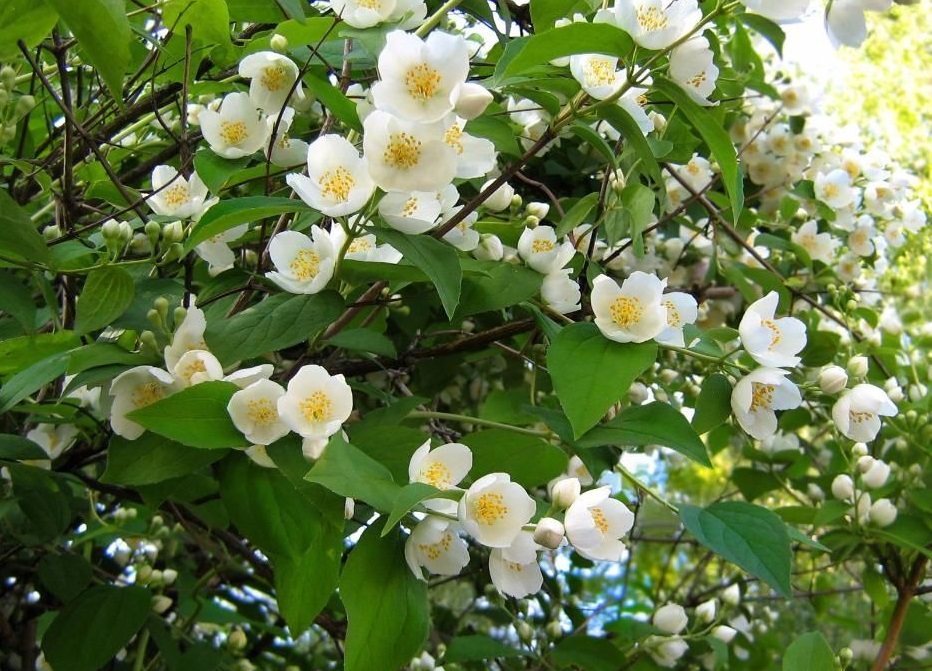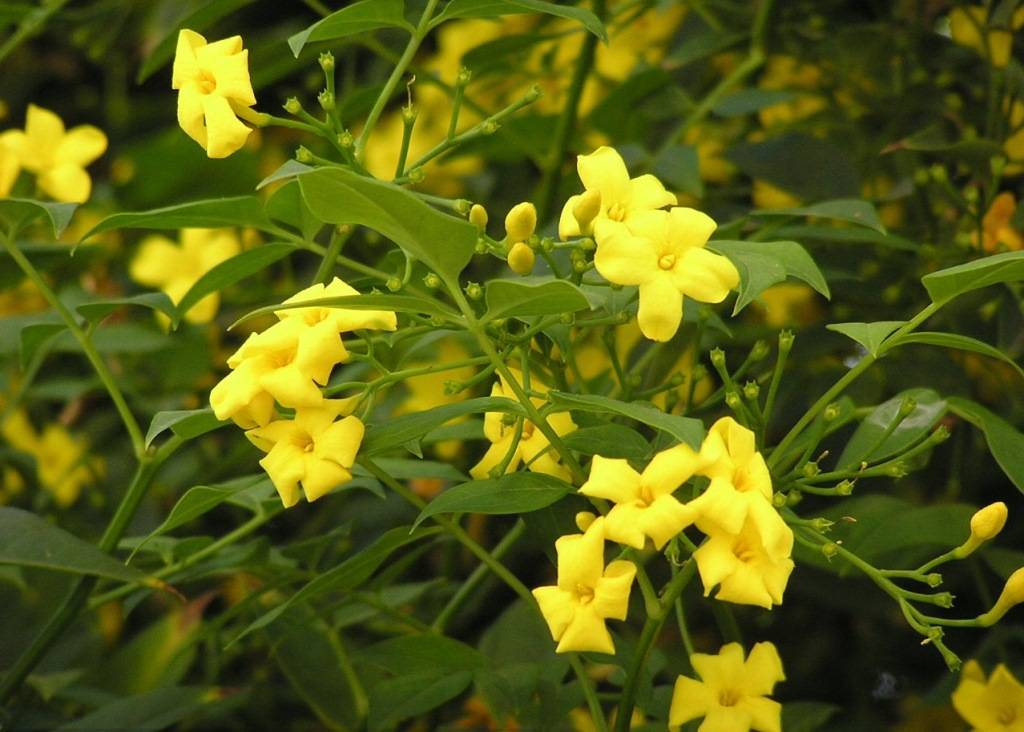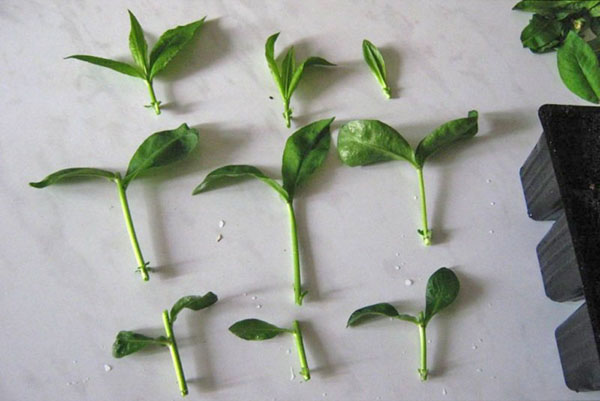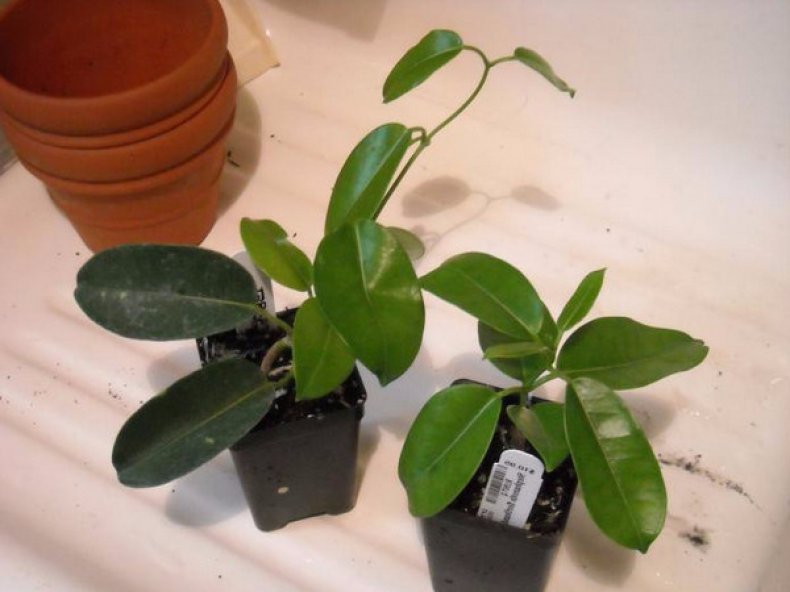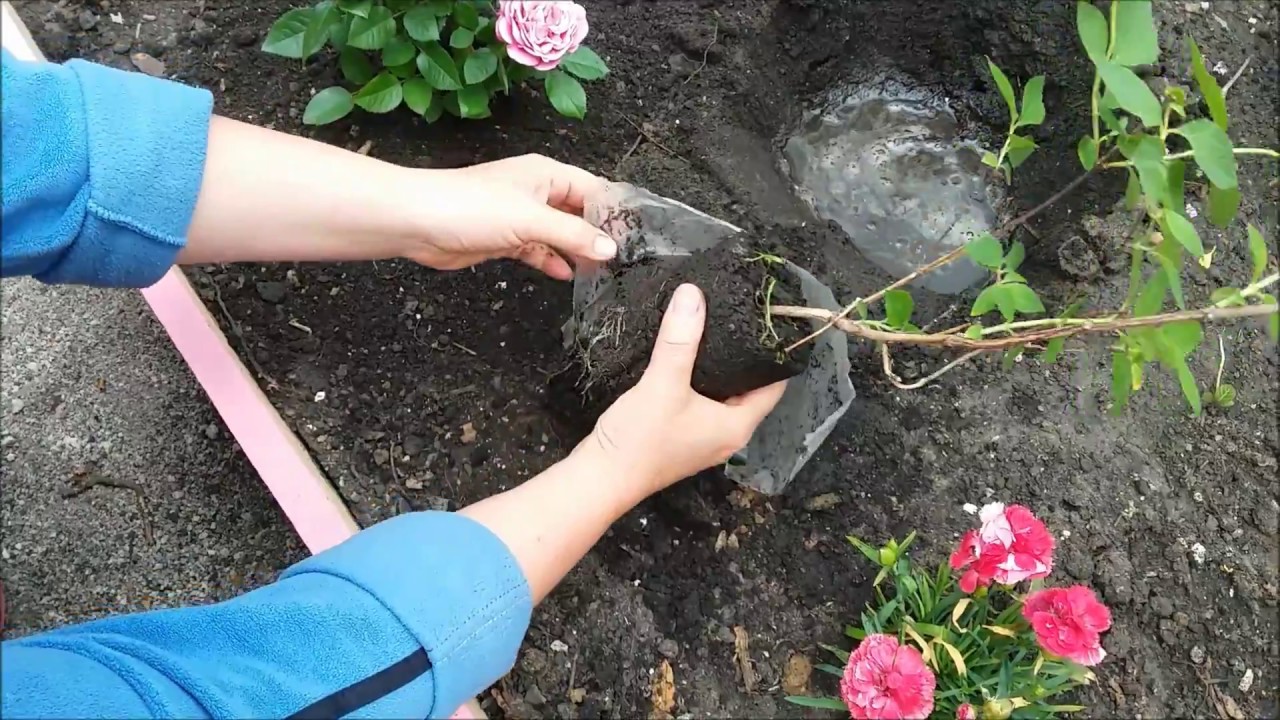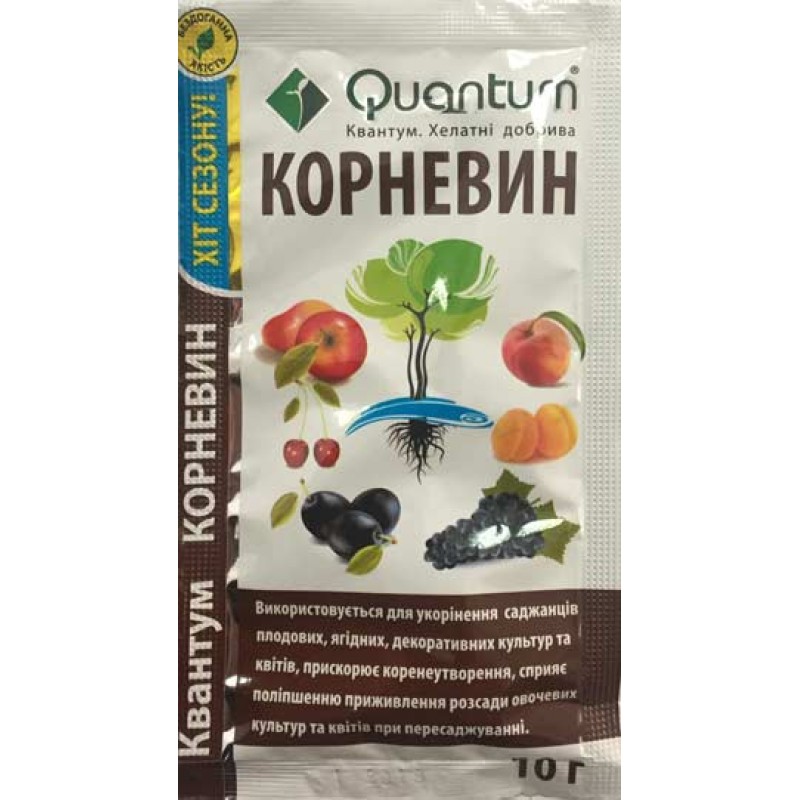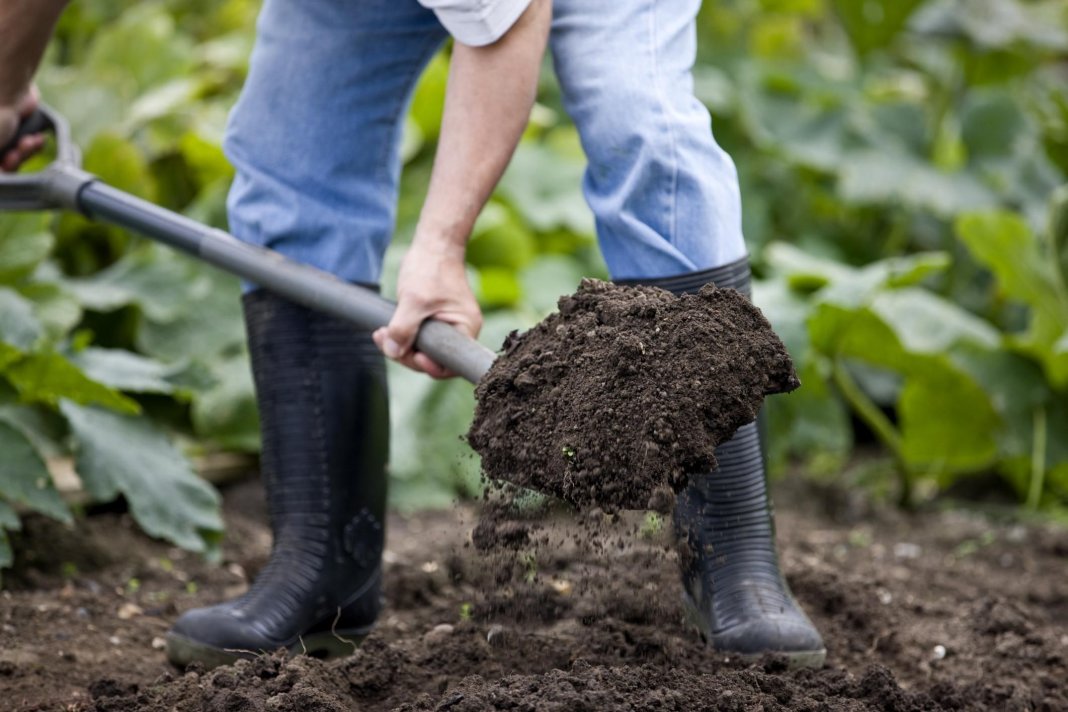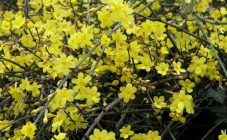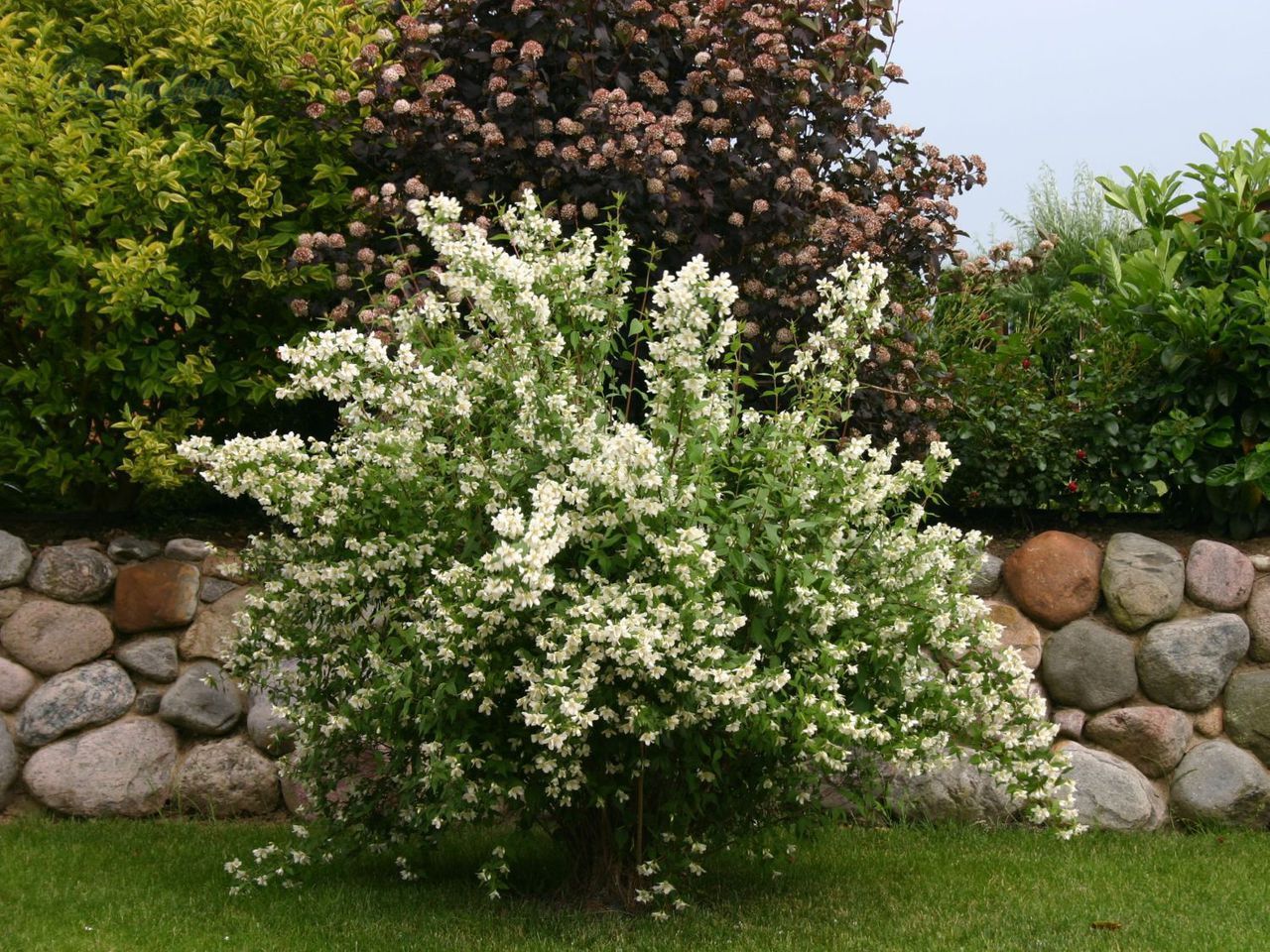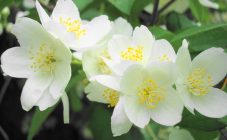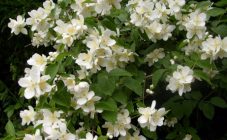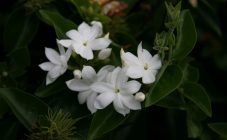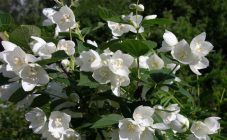Content:
Jasmine is often confused with chubushnik due to its external resemblance and similar aroma. Both plants belong to ornamental shrubs designed to decorate gardens and summer cottages. Some species can be grown at home. Sometimes gardeners need to propagate jasmine, for example, for the construction of a hedge. This procedure involves several methods. One of the simplest ones is jasmine cuttings in the summer.
Description and features of the plant
Jasmine belongs to the Olive family and differs markedly from other members of its genus. It grows as an erect or climbing shrub with slender shoots on which are simple dark green trifoliate leaves.
During flowering, corymbose inflorescences are formed on the top of the stems, collected from single flowers with a pronounced sweet aroma. Inedible berries are subsequently formed inside the long corollas. The color of the petals can be white, pink and yellow, depending on the variety.
Jasmine does not require some kind of painstaking care, so summer residents willingly use it to decorate their site. Today, there are more than 300 species of this shrub in culture. The most popular varieties include:
- multi-flowered;
- drug;
- jasmine Lerata;
- shrub;
- flattened;
- Chinese;
- sambac.
Most of the species of this thermophilic culture grows in South America, Africa, Australia, Asia, and the Mediterranean. In Russia and other European countries, only 2 plant species are grown - shrub jasmine with yellow flowers and white medicinal jasmine.
How to propagate jasmine by cuttings
Cutting is a simple and convenient way to reproduce not only jasmine, but also jasmine mock-orange. New plants develop from cuttings much faster than from seeds. Many shoots can be cut off from one bush at once for cultivation. In the spring, ripe jasmine cuttings are rooted. How to propagate jasmine by cuttings in summer? For this, green shoots are used.
Selection of planting material
A description of how jasmine multiplies should begin with recommendations for the choice of planting material. How to cut jasmine so that it will surely take root? Branches should be taken from large overgrown bushes. When selecting cuttings, attention is paid to the following criteria:
- shoots not older than one year are used;
- branches should be large, with developed leaves;
- it is not recommended to use shoots with long internodes, since it will not be possible to get strong developed specimens from it.
The success of their rooting and further development largely depends on the quality of the cuttings. Of course, the bush must be absolutely healthy, without signs of disease and damage from pests.
How to propagate in water with green cuttings
Young sprigs of jasmine can be placed in water for rooting.For everything to go well, you need to follow a few rules. The water should be at room temperature, boiled or settled. As it evaporates, it is topped up to the previous level.
You can throw a tablet of activated carbon at the bottom of the glass, this will prevent pathogenic microorganisms from multiplying. For the cutting, you need to install a supporting support so that the lower end of the stem does not touch the walls and bottom.
Periodically, a twig, set for rooting, is taken out of the water and examined. If the cut is rotten, you need to cut the cutting from the bottom again to healthy tissue. The roots should appear in 1-2 weeks. When their length is 2 cm, the cutting can be planted in the ground.
How to prepare a cutting
Cuttings are cut only with a sharp instrument. Each branch should have 2 internodes and 3 pairs of leaves. Better than others, cuttings "with a heel" are rooted, which are cut off near the base of the shoot extending from a mature branch. The lower leaves are cut off completely.
How to root jasmine in soil
How to dilute jasmine from a twig to get a strong young bush? To root jasmine cuttings in the ground, use small clay pots or plastic cups, where the shoots are planted one at a time. You can root jasmine in a mixture of river sand and peat. The main thing is that the substrate is loose and permeable, without moisture stagnation.
Drainage from expanded clay is laid at the bottom, and then the substrate is poured and moistened. A hole is made in the ground with a thin pencil and a stalk is placed in it, deepening to the first pair of remaining leaves. After planting, the container is covered with a glass jar.
Description of the rooting process
Rooting of cuttings occurs at temperatures above 22 ° C. The planting container should be placed in a well-lit place without direct sunlight. The substrate must be moistened in a timely manner, for this it is convenient to use a spray, and spray the cuttings themselves. Every 2-3 days, the cans are removed from the cuttings for airing for 20-30 minutes. It takes more than a month for plants to form roots.
Then you can act in different ways. Some plant jasmine in a pot and grow it at home for 2-3 years. Other gardeners immediately transfer young specimens to the garden.
Terms of cuttings
For spring reproduction, ripe branches cut in the fall are used. For harvesting, there are lignified annual shoots. They are stored in a cool cellar or refrigerator, previously wrapped in plastic. In mid-March, the planting material is taken out, cut into 15-20 cm lengths, treated with a growth stimulant and placed on rooting.
Jasmine propagation by cuttings in summer is carried out in the second half of June. Green shoots are much more likely to root successfully. Young plants quickly grow roots, start up and become quite strong by the beginning of winter.
Stimulating rooting
Additional stimulation can be applied to help the cuttings take root faster. On sale for this there are special preparations that improve the process of root formation - Kornevin, Sodium humate, Zircon and others. They are used according to the instructions.
There are also folk remedies for this. For example, a solution of succinic acid (1 tablet per liter of water). The cuttings should be soaked in the composition for 30 minutes immediately before placing in the ground.
Rules for planting cuttings in the ground
If you plan to plant a rooted cutting directly into the ground, and not grow it in a pot at home, it must be prepared. A week before planting, you need to start hardening a young plant, then it will not experience shock and adapt better in a new place.
The soil must be prepared in advance. The soil is dug up, fertilized and watered just before planting the cutting. After the end of the procedure, the plant is spilled and paid increased attention to it in the first month. The seedling must be regularly watered and loosened near the ground. The next year, the top of the bush is cut off so that it grows with a spreading crown and is lush.
If an adult bush has grown too large, it can be divided into several parts. How to plant jasmine by dividing the bush correctly? It is better to start this process in spring or autumn. The day before the jasmine bush is dug up, it is watered abundantly. After being removed from the ground, the plant is divided into several parts, each of which must be with roots.
Too long roots are shortened, and the length of the shoots is also slightly reduced. When planting, jasmine is buried to the lower buds. The soil must be pre-fertilized and decontaminated. After planting, the plants must be watered. The rooting process will take 3-5 weeks in this case. You can also breed a culture by layering.
It is worth being puzzled by the question of how to propagate jasmine by cuttings if there is a lot of material left after pruning, or there is still no adult bush on the site that can be divided. You can also use this method when several branches for planting have come from neighbors in the country. Propagation by cuttings will require a certain amount of time, but as a result, the gardener will receive a large number of new plants that are well adapted to growing in his area.
